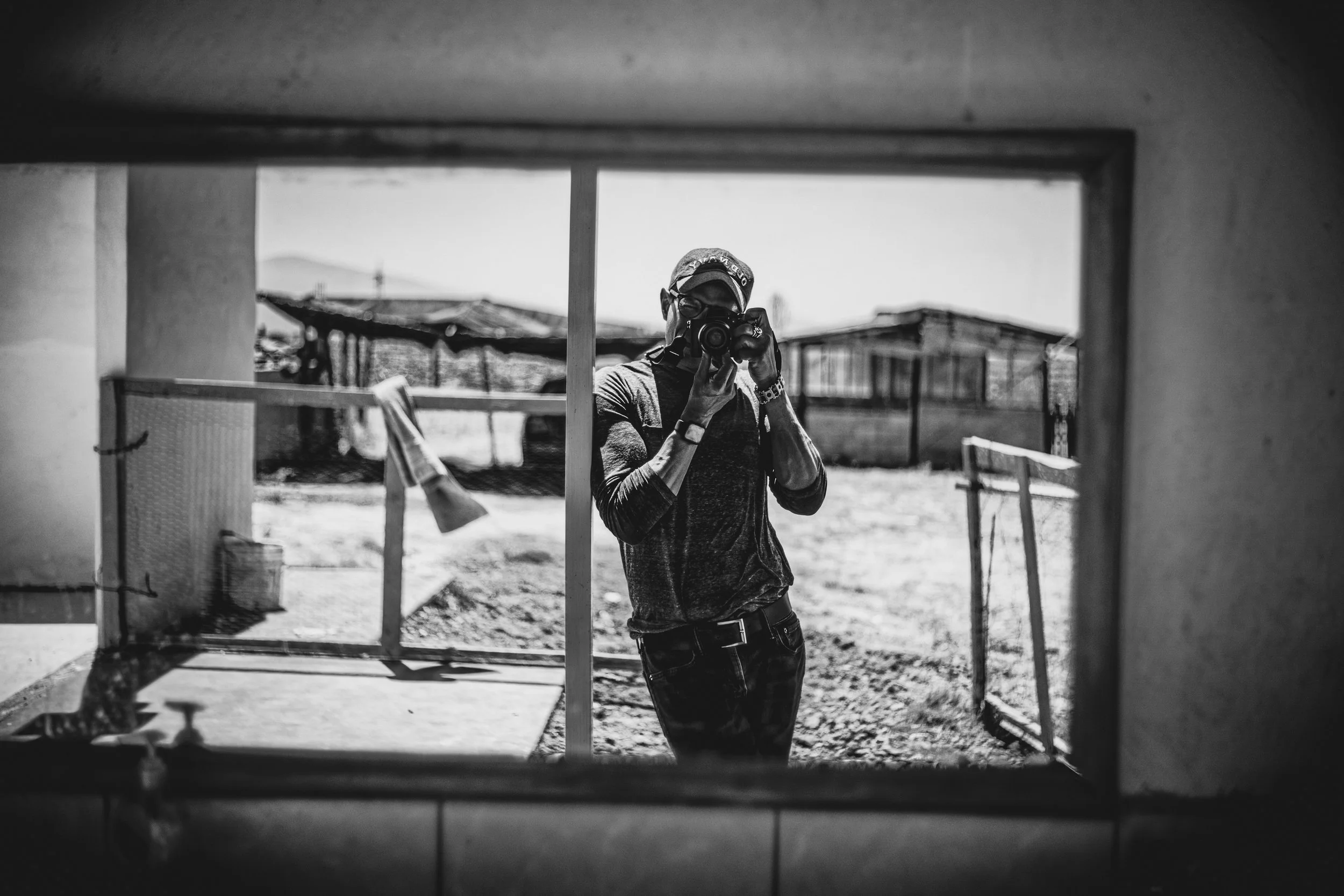I’ve spent years asking myself why. Why do I keep picking up the camera? The answers shift like tides—sometimes clear, sometimes just out of reach. At first, I thought it was about holding on to fleeting moments. And maybe that’s part of it.
Susan Sontag once wrote, “Photography may be more memorable than moving images because they are a neat slice of time…” That hits home. Time slips away. We fear it, chase it, and try to pin it down in frames and exposures. But that’s not the whole story.
There’s also the urge to create—to stop and capture something that makes me think, feel, or pause. Sean Tucker says, “The ingredient in all good art is that it has to tell the truth.” That idea has obsessed me since childhood. Not some universal truth, but the kind that feels real when you see it—the kind that hits you because of who you are, and what you’ve lived.
I can guide your eyes, nudge your emotions, shift your perspective—but once the image is in front of you, it’s yours. Whatever truth you see in it comes from your own life and memories.
Ruth Ozeki once wrote, “Every reader, while reading, is the reader of his own self.” Photography works the same way. A camera frames reality through my lens, but meaning isn’t fixed. A family portrait can be a simple picture to one person, or a flood of memories to another.
In the end, my work is an invitation. I offer moments, but you complete them. Truth isn’t something I hand you—it’s something we shape together, in that quiet space between seeing and feeling.
My camera and me somewhere in the State of Mexico, Mexico.
in·spi·ra·tion
To be inspired is to breathe in, each breath serving as a creative force within us that allows us to create from nothing and find and see patterns and meaning in the chaos and unpredictability of life. I am inspired by individuals living and long gone. By nature, music, literature, painters, artists from all walks of life, and of course, photographers as well. Below I leave you with a list you might feel inclined to explore yourself at your convenience.
Photographers
Todd Gross (Quarlo)
Jonas Eriksson (Minimodi)
James Nachtwey
Przemek Strezelecki (Bawgaj)
Gary Winogrand
William Eggleston
Dorothea Lange
Walker Evans
Diane Arbus
Joel Meyerowitz
Markus Hartel
Saul Leiter
Painters
Rembrandt
Edward Hopper
Michelangelo Merisi da Caravaggio
Literature
Check out my Goodreads here.
Music
Published
Discovery Channel
Cambridge University Press
Architectural Review
Revista Rara (Guatematala)
Random House (Germany)
The New Yorker Magazine
Turibus (Mexico City)
Indiana University
AirMar
Cologne University (Germany)
Contact Information
Luis Arcadio De Jesus - Mexico City
Mobile: 55.13.53.13.17 (Mexico City) / E-mail: luis.arcadio.de.jesus@gmail.com
If you prefer, please fill out the form below.
